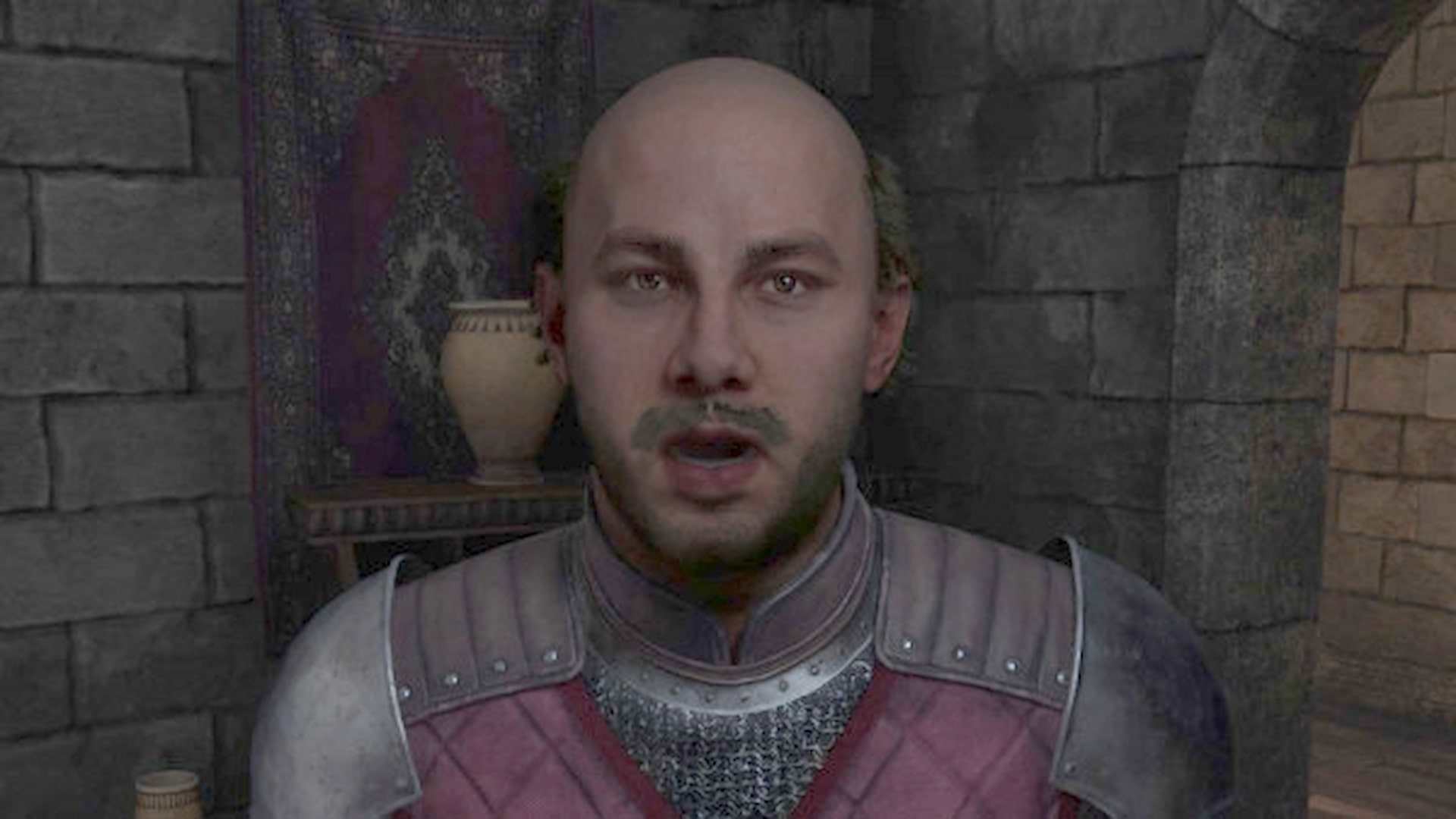How does being an Oblivion Remastered vampire work? We get it, sometimes you need to add a little sparkle sparkle to your life in Cyrodiil. And what better way is there to do that than to inherit the skin (and powers) of a supernatural killer?
Whether you’re looking to become a vampire in Oblivion Remastered or need to cure vampirism before you have to cancel that sunny holiday to Hammerfell in the RPG, we’ve got everything you need to know about the affliction. To help you make that big decision, we’ve even broken down what makes becoming a vampire in Oblivion worth it, as well as the pesky drawbacks (silver) bolted on.

How to become a Vampire in Oblivion
You become a Vampire in Oblivion through the Porphyric Hemophilia disease.
This is contracted by taking damage from an afflicted person or creature, such as vampires in dungeons like Memorial Cave southeast of the Imperial City, Crowhaven northwest of Anvil, or one of the many named forts you’ll find infested on your travels.

One easy location is in the Imperial City itself. Head down into the Imperial City sewers through the town’s many floor grates, follow the tunnels until you arrive under the arena’s Bloodworks, and you should find two vampires there.
You’re also given the open opportunity to become a vampire by Vicente Valtiera at the end of the Dark Brotherhood questline.
The effects only kick in once you rest in a bed 72 hours after the event. This makes dealing with it early much simpler than leaving the wound to fester.
How to cure Vampirism in Oblivion Remastered
To cure Vampirism in Oblivion Remastered, you have two options depending on the state of the disease. You can either consume an item with Cure Disease (or visit a shrine) within 72 hours of the bite or, if you’ve already succumbed to it, by speaking with Raminus Polus at the Arcane University in Skingard and completing the lengthy Vampire Cure questline.

The Cure Vampire questline is a long fetch quest involving five empty Grand Soul Gems, Bloodgrass, Garlic, Nightshade, the Blood of an Argonian, and the Ashes of Hindaril. Here’s how to get each item:
| Item | Location |
| Grand Soul Gems (x5) | Sometimes found in dungeon loot (when above level 11) or stolen from display cases. |
| Bloodgrass (x2) | Tall red grass is commonly stocked at Alchemy stores or found growing by Oblivion gates. |
| Garlic (x6) | A common sight in houses or sold at shops and inns |
| Nightshade (x5) | Found around the West Weald or bought at the Alchemy shop in the Imperial City. |
| Argonian Blood | Stab an Argonian with the Enchanted Dagger. |
| Ashes of Hindaril | Kill Hindaril in Redwater Slough. |
After turning in the ingredients to complete the quest, Melisande will provide you with the Cure for Vampirism potion. Use it from your Potions tab to be cured, becoming immune to Vampirism in the process.
While you can contract the Porphyric Hemophilia disease after being cured this way, it acts like a standard debilitating debuff and can be removed through normal means. Sleeping while afflicted won’t turn you back into a Vampire.

Is it worth becoming a vampire in Oblivion?
Becoming a Vampire in Oblivion has various benefits and drawbacks, like resistance to damage, bonuses to Strength, Willpower, Speed, Acrobatics, Athletics, Destruction, Hand to Hand, Illusion, Mysticism, Sneak, access to unique skills, and a chronic aversion to sunlight.
These pros and cons can fluctuate, with the benefits growing stronger the longer you go without feeding, though amplifying the cons of being a servant of the night as well. Here’s a breakdown of the pros and cons:
Oblivion Remastered Vampire pros
| Time between feeding | Skills/Attributes | Normal weapon resistance | Ability | Ability effect |
| 1 day (25%) | +5 | 5% | Hunter’s Sight | Applies Night Eye (30 seconds) and Detect Life (100ft for 30 seconds) |
| 2 days (50%) | +10 | 10% | Vampire’s Seduction | Applies Charm for 50 points for 20 seconds once per day. |
| 3 days (75%) | +15 | 15% | Reign of Terror | Applies Silence for 60 seconds and Demoralize (on level <7 target) for 60 seconds once per day. |
| 4+ days (100%) | +20 | 20% | Embrace of Shadows | Night Eye for 90 seconds and Invisibility for 180 seconds. |
Oblivion Remastered Vampire cons
| Time between feeding | Fire weakness | Damage from the sun |
| 1 day (25%) | 20% | 0 HP per second |
| 2 days (50%) | 30% | 1 HP per second |
| 3 days (75%) | 40% | 4 HP per second |
| 4+ days (100%) | 50% | 8 HP per second |
Given you only take damage from the sun at Stage 2 of hunger, you can maintain some of the benefits of being a Vampire in Oblivion while maintaining the ability to sit in the sun by feeding every day.
Feeding once will return you to Stage 1 (25%) no matter which stage you’re currently on.
Becoming a vampire doesn’t unlock any unique quests outside of the one needed to cure you.
You won’t attract unwanted attention from anyone for being a vampire, but you will need to limit your exposure to the sun at higher levels. This can make exploring Cyrodiil (and taking on quests) uniquely difficult.

Where are the best places to feed as a Vampire in Oblivion?
If you’re looking to avoid making a spectacle of your need to consume the blood of other humanoids, it’s best to target places where hosts frequently sleep.
Camps and inns make feeding easy for this reason. The unlucky victims are unlikely to notice, witnesses are scarce, and you won’t have to worry about the sunlight.
If you can’t handle the thought of completing a lengthy sidequest to right the wrong of becoming a vampire, take a break with the best RPGs on PC right now.

